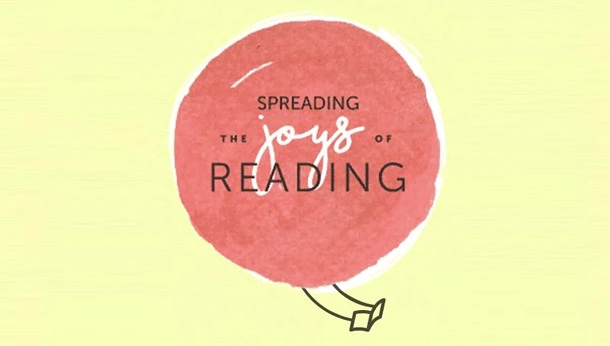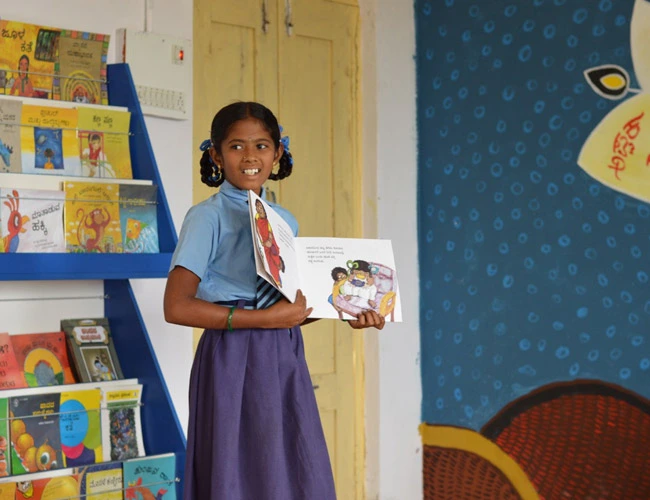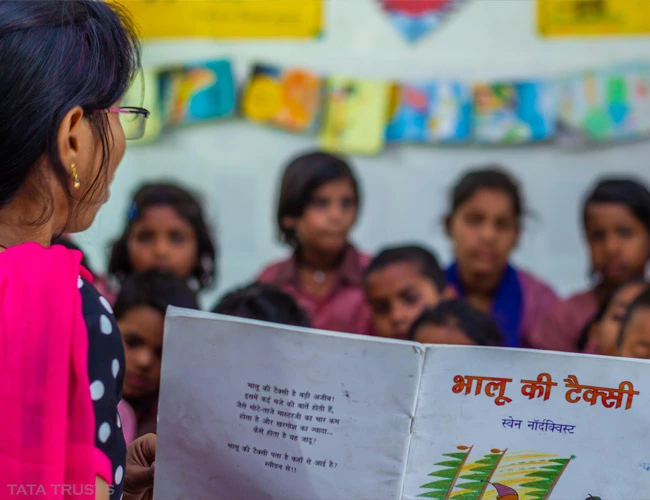

Children’s Books: An Indian Story jointly developed by Eklavya and Parag, and edited by Dr Shailaja Menon and Sandhya Rao, is a collection of writings on contemporary children’s literature exploring its recent history in India, focusing especially on developments in the English language. It highlights salient genres and themes within children's books; examines challenges related to representation, accessibility and translation; identifies gaps; and discusses how literature and libraries can be used effectively with children to cultivate a deeper literary experience and understanding.
It also brings "voices" of different stakeholders including publishers, illustrators and authors, directly to the reader. Deliberately without jargon and technical language, the essays speak directly to anyone interested in the world of children’s literature. Peppered with examples and citations of published works, Children’s Books: An Indian Story springboards a thought-provoking platform for debate and discussion in a critical, creative space.
This is a must read for someone who is interested in Indian children’s literature or uses literature in their work with children.
Spotlight
Stories from the field
Videos
Image Gallery
Quick links
Read more about the Tata Trusts' Parag initiative















